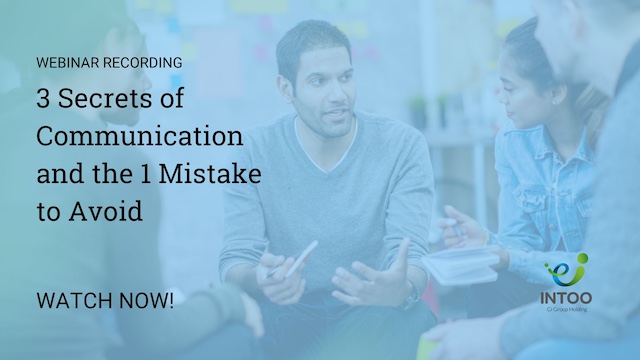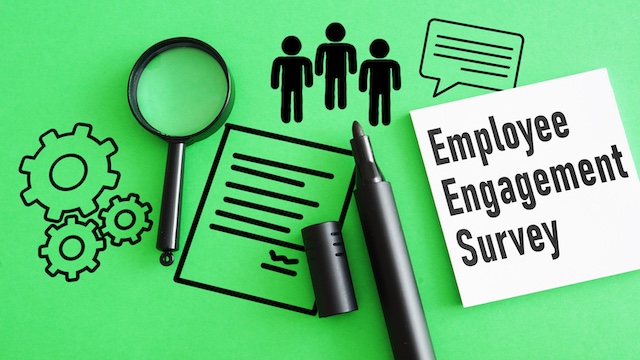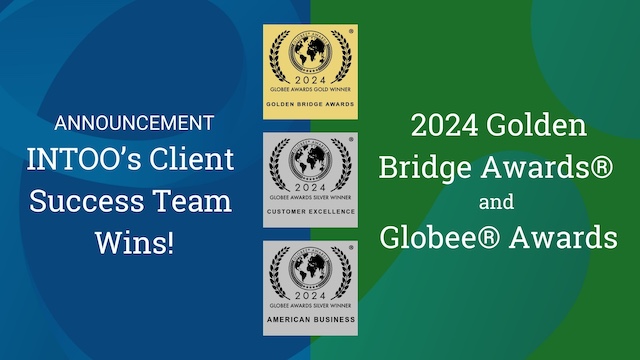The modern workplace is a melting pot of generations. Boomers built the corner office culture, Gen X craves work-life balance, and Millennials prioritize purpose over pay.
Generational differences in the workplace encompass varying attitudes, values, and approaches to work shaped by distinct life experiences. Each generation, from Baby Boomers to Gen Z, brings unique characteristics and expectations to the employment landscape. These differences often manifest in workplace communication styles and views on authority, technology, and work-life balance. Understanding these nuances is crucial for fostering collaboration, minimizing conflicts, and optimizing productivity in a diverse workforce. By acknowledging and embracing these differences, organizations can harness the collective strengths of different generations, creating an inclusive environment that values each individual’s contributions.
Looking to build and advance your company’s culture? Download this guide for practical tips.
What Are the 4 Generations in the Workplace?
1. Baby Boomers (born 1946-1964)
Post-war optimism defines this generation. Baby Boomers are known for their ambitious nature, career-focused mindset, and dedication to teamwork. They seek personal gratification from their work, often valuing hierarchical advancement and loyalty to their employers.
Boomers grew up in a time period of a booming economy and optimism. Hard work, career growth, and tangible rewards like promotions and salary raises drive them. They tend to be competitive go-getters focused on achievement. Adapting to technology may require support, but their experience and institutional knowledge are invaluable assets.
2. Generation X (born 1965-1980)
Having entered adulthood in an era of economic uncertainty and institutional skepticism, Generation X prioritizes independence, efficiency, and work-life balance. People from this generation are resourceful self-starters who are comfortable with change and new technologies. Valuing transferable skills development over loyalty to any single employer, Gen Xers thrive in autonomous roles and flexible work environments tailored to personal growth and entrepreneurial ambitions.
3. Millennials/Gen Y (born 1981-1996)
As the first generation of true “digital natives,” Millennials thrive on constant connectivity through technology. Shaped by rapid technological advances and social change, Millennials are idealistic, civic-minded, and achievement-focused. They envision careers with purpose, meaningful work-life integration, and casual communication across hierarchies. Having grown up embedded in digital ecosystems, this generation thrives when technology enables constant learning and collaboration across fluid organizational boundaries.
4. Generation Z/Zoomers (born 1997-2012)
As the newest entrants into the workforce, Generation Z epitomizes the digital age. Their innate tech fluency defines their approach to work, in which they seek roles tailored to their unique talents. Customized training, hackathons, and opportunities in startup realms resonate strongly with them. Innovative and driven by purpose, they prioritize flexible, purpose-driven workplaces, valuing diversity and quick progression.

How to Manage Each Generation in the Workplace
Baby Boomers
Effectively managing Baby Boomers involves recognizing their dedication and expertise. Encourage their active participation by seeking their input on team projects and decision-making processes. Offer continuous learning opportunities tailored to their interests, fostering their ongoing growth within the organization. Recognize their contributions openly and regularly, valuing their extensive experience and insights. Emphasize a collaborative environment where their teamwork skills can flourish and their career aspirations are acknowledged. Acknowledge their work ethic and commitment by providing avenues for leadership roles or advisory positions that leverage their wealth of knowledge. By nurturing their engagement and honoring their contributions, you create a workplace that values their expertise and fosters a sense of fulfillment, ensuring their continued positive impact within the organization.
Generation X
Managing Generation X involves providing autonomy and fostering a results-oriented approach. Grant them flexibility in their work styles, allowing for independent decision-making and self-management. Implement platforms emphasizing skill development and growth opportunities, catering to their desire for continuous learning and personal advancement. Recognize their preference for a balanced work-life dynamic by offering flexible scheduling or remote work options. Encourage their innovative ideas by creating an environment that values creative thinking and individual contributions. Provide avenues for them to showcase their leadership potential and mentorship abilities. By embracing their self-reliance and facilitating their professional growth, you cultivate a workplace where Generation X feels empowered and valued, contributing their unique skills and perspectives to the organization’s success.
Millennials/Gen Y
Effectively managing Millennials/Gen Y involves embracing their tech proficiency and fostering a collaborative culture. Integrate innovative tools and platforms into the workplace to facilitate their productivity and creativity. Provide regular feedback sessions, acknowledging their desire for continuous growth and development. Offer ample opportunities for career advancement and skill enhancement, aligning with their aspirations for personal and professional progress. Acknowledge their desire for fulfilling work by supporting initiatives that contribute to societal or environmental causes. By leveraging their tech-savvy nature and providing a supportive, inclusive culture, you empower Millennials to thrive, contributing meaningfully to the organization’s goals and fostering a dynamic, forward-thinking workplace.
Generation Z/Zoomers
Effectively managing Generation Z/Zoomers involves leveraging their digital expertise and providing a flexible environment. Encourage their creative problem-solving by offering diverse challenges and projects that align with their interests. Prioritize flexibility in work arrangements, as 63% prefer hybrid setups. Empower them to be independent thinkers by engaging them in multiple concurrent projects and providing platforms for their innovative ideas. Foster a purpose-driven workplace culture, showcasing how their work contributes to larger societal or organizational goals. Offer mentorship and guidance while respecting their desire for autonomy. Embrace technology and platforms that resonate with their digital fluency. By valuing their unique perspectives and providing a flexible, purposeful work environment, you create a space where Generation Z feels empowered and capable of making impactful contributions.
Conclusion
Today’s multigenerational workforce requires adaptable management strategies that leverage the assets of each generation for collaborative success. Understanding generational differences allows organizations to facilitate positive work environments where all employees are motivated, productive, and working harmoniously towards unified goals, driving innovation and meaningful impact.
Help your employees take charge of their careers. Download these tips to make career development conversations more meaningful.
FAQS
Why do generational differences matter in the workplace?
Generational differences in the workplace matter as they bring diverse perspectives, work styles, and values. Understanding these distinctions cultivates a more inclusive, innovative, and collaborative environment. It helps tailor management strategies, communication approaches, and benefits to meet varied needs. Leveraging these differences fosters more robust teamwork, problem-solving, and productivity. Embracing generational diversity enhances employee engagement, retention, and overall organizational success by harnessing the collective strengths of each generation.
How do you resolve conflict between employees from different generations?
Open communication is key to resolving conflict between employees from different generations. Bringing employees from different generations together for structured dialogue sessions helps to break down assumptions and build empathy. Identify shared values and goals while providing space for members from each generation to voice their unique perspectives and concerns. Look for potential compromises and create updated policies for flexibility when approaches clash, centered around inclusivity. Managers should demonstrate appreciating generational diversity by highlighting the complementary strengths brought by employees of all ages. Frame tensions as growing opportunities, keeping the end goals of workplace harmony and effectiveness for the organization at the forefront. With patience and active listening on all sides, intergenerational conflicts can catalyze fresh innovation.
What are some examples of generational differences?
Generational differences affect various aspects of work styles, including values, communication, and attitudes toward technology.
Baby Boomers tend to focus on career advancement and teamwork, while Generation X seeks work-life balance and autonomy. Millennials prioritize purpose-driven work, valuing collaboration and feedback. Generation Z, raised in a digital age, seeks innovation and flexibility, integrating technology seamlessly into their lives.
Communication styles vary in that Baby Boomers prefer face-to-face interactions, while younger generations lean towards digital communication. Regarding technology, Baby Boomers might learn and adapt, while Millennials and Gen Z are quicker to embrace it effortlessly, as they rely on it for both personal and professional endeavors.
Approaches to authority also differ. Older generations often respect hierarchy, while younger ones prefer a more inclusive, flat structure. Understanding and appreciating these differences create an inclusive workplace that capitalizes on the strengths of each generation, fostering collaboration and innovation while mitigating conflicts.
INTOO offers career development solutions for every generation in your organization. Contact us today to learn how we can provide customized support to help your employees reach their professional goals.











